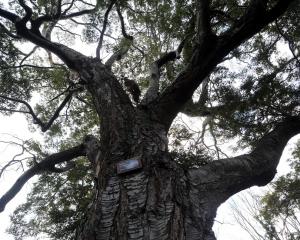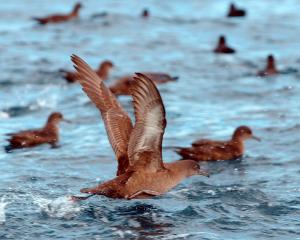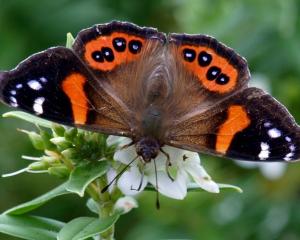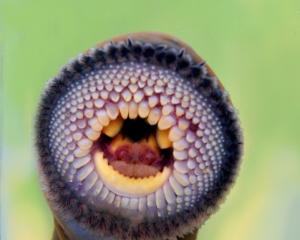

If you look up during a walk through the Otago Museum Reserve, for instance, you will be rewarded by the sight of at least a dozen green mistletoes, high in the bare branches of several of the otherwise leafless tall trees. Of course, the bright-green leaves of the pirita are there year-round, but only clearly visible when their host trees have dropped their leaves.
Mistletoes are described as semi-parasitic or hemiparasitic: they photosynthesize themselves, but draw water and mineral nutrients from the hosts on which they grow. Our native species are all very slow-growing and so probably do very little (if any) damage to their hosts.
The establishment of a new mistletoe plant requires two lucky events. First, the fruit needs to be eaten by a suitable bird, such as a tūī, korimako (bellbird) or tauhou (silvereye), although the introduced blackbird may now also be important.

There are nine native mistletoe species, all but one endemic (i.e. found nowhere else); the exception, green mistletoe, also occurs on Norfolk Island. It is actually quite common in Dunedin: there is a magnificent one on my walk to work, as well as several in our garden. This species is largely pollinated by insects, grows to at least a metre in diameter and has bright yellow fruits when ripe.
Three species, known as beech mistletoes, are our most spectacular and (you guessed it!) specialise on tawai/native beech. They were all once abundant in tawai forest throughout the country, their spectacular scarlet, red or yellow flowers (according to species) a standout feature of our summers. But over the past 130 years or so they have suffered a catastrophic decline, probably from possum browsing and decreases in the abundance of birds acting as pollinators and seed dispersers.
The rarest species, which can be found occasionally in the Dunedin Town Belt, is the white mistletoe. It has pale white to grey bark, and has separate male and female plants, the latter setting pale pink or white fleshy fruit. Although it can live on a wide variety of both native and introduced hosts, it appears to be very sensitive to possum browsing.
There are also three dwarf or pygmy mistletoes, most commonly found on older mānuka, kānuka and mingimingi. They are easily overlooked due to their small size (usually 5cm-10 cm) and the way they blend in with their hosts. They have close relatives in many parts of the Pacific, Australia and Indonesia.

It was last seen in 1954, when a Waikato plant was painted by the late Audrey Eagle. The disappearance of pollinating korimako from Northland and the Waikato may have been the trigger that led to the extinction.
Look up wherever there are trees and scan carefully for any pirita. You can help these native taonga by controlling browsing possums and rats; doing so also helps our native birds, which are crucial to the pollination and spread of pirita.
And tempting though it may be, don’t pick the flowers, fruits or foliage: our slow-growing mistletoes take a long time to recover. But do enjoy the wintertime joy of these fascinating plants, especially if you are seeing them for the first time.
Hamish G. Spencer is Sesquicentennial Distinguished Professor in the Department of Zoology at the University of Otago.












